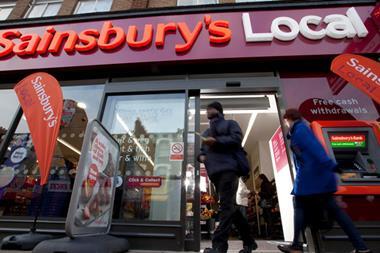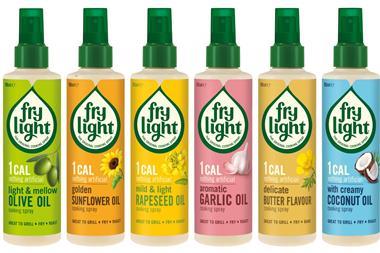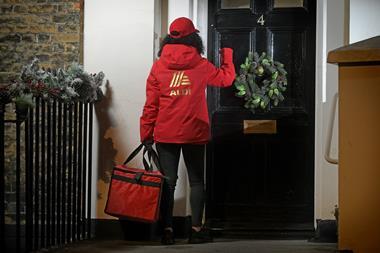Sainsbury’s supply chain woes have continued to hamper availability in-store, according to The Grocer 33 data for the last six months.
The chain, which has made a concerted effort to tackle problems with its new store replenishment system and automated distribution centres, achieved average availability of 94.7% in the six months to December 18, with 773 products available out of 816 stocked.
Safeway’s performance was
equally poor (94.9%), almost three percentage points behind top performer Morrisons, which posted 97.5%, followed by Tesco at 97.4% and Asda at 96.6%.
However, the Safeway figures were skewed by the fact several stores visited were about to switch ownership to rival retailers or be converted to Morrisons. There were also particular availability issues in the Northern Ireland stores that dragged down figures as a whole. Over the four occasions that we visited Safeway stores in the Province, the retailer only managed availability of 91.1%.
Our figures follow the full-year results of the 2004 ECR UK availability survey, which show average availability on 200 core lines across eight UK supermarkets at just 95.5%.
However, availability has been a top priority at all of the chains surveyed this year, with a raft of projects to improve bookstock, promotional planning and store replenishment disciplines.
Tesco has worked with loyalty card data analysis company Dunnhumby on a predictive reporting tool that alerts staff via handheld computers if EPoS data suggests a product is not in stock. The system, set to be rolled out in 2007, calculates how many baskets without a particular product need to go through the checkout before it is likely that the product is out of stock.
>>p28 The Grocer 33 review
weekly total basket price
The UK’s cheapest grocer title is in sight for Tesco
The chain, which has made a concerted effort to tackle problems with its new store replenishment system and automated distribution centres, achieved average availability of 94.7% in the six months to December 18, with 773 products available out of 816 stocked.
Safeway’s performance was
equally poor (94.9%), almost three percentage points behind top performer Morrisons, which posted 97.5%, followed by Tesco at 97.4% and Asda at 96.6%.
However, the Safeway figures were skewed by the fact several stores visited were about to switch ownership to rival retailers or be converted to Morrisons. There were also particular availability issues in the Northern Ireland stores that dragged down figures as a whole. Over the four occasions that we visited Safeway stores in the Province, the retailer only managed availability of 91.1%.
Our figures follow the full-year results of the 2004 ECR UK availability survey, which show average availability on 200 core lines across eight UK supermarkets at just 95.5%.
However, availability has been a top priority at all of the chains surveyed this year, with a raft of projects to improve bookstock, promotional planning and store replenishment disciplines.
Tesco has worked with loyalty card data analysis company Dunnhumby on a predictive reporting tool that alerts staff via handheld computers if EPoS data suggests a product is not in stock. The system, set to be rolled out in 2007, calculates how many baskets without a particular product need to go through the checkout before it is likely that the product is out of stock.
>>p28 The Grocer 33 review
weekly total basket price
The UK’s cheapest grocer title is in sight for Tesco



















No comments yet